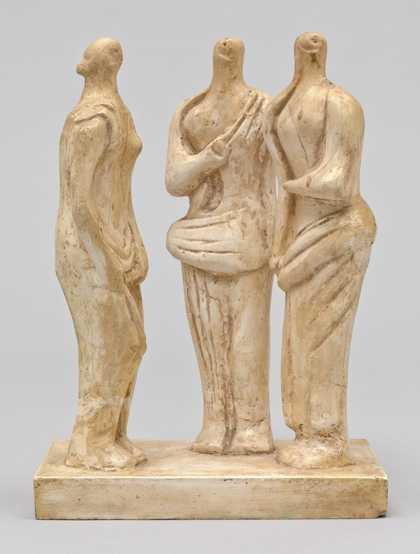The proposed sale of Henry Moore’s Draped Seated Woman (affectionately known as ‘Old Flo’) by Tower Hamlets Council has provoked public outrage amidst fears about the future of public art in the collections of local councils. As the council faced the challenge over its claims to own and sell the statue, the dispute over legal ownership of the artwork proves pivotal to the sale. But this case raises wider question of public art ownership that demand consideration. Who owns public art? Do local councils have the right to sell it in the name of public benefit? What is the role of the government and its policies in these decisions? What are difficulties faced by those charged with the preservation of public art?
To debate these issues from a wide range of perspectives, we invited participants from a variety of relevant fields: artists, art historians, and those involved with making social policies and the representatives from the local councils. The debate is chaired by Penelope Curtis, Director of Tate Britain.
Join in the debate on Twitter, tweet @Tate using #PublicArt
Speakers:
Bob and Roberta Smith
Bob and Roberta Smith believe that art plays a powerful role in democratic systems, both as a forum for free speech and as a workshop to explore new futures. Bob and Roberta Smith signwrite their ideas on pieces of old timber they find in skips. Their work has been shown extensively internationally.
Simon Parker
Simon Parker is director of NLGN, the country’s leading localist think tank. Simon previously worked in journalism and public policy research, most recently as a fellow at the Institute for Government. He has published widely on local democracy, public services and civil service reform. He writes regularly for publications that include the Guardian and the Municipal Journal.
Robert Burstow
Robert Burstow is Reader in History and Theory of Art at the University of Derby. His principal research interests are in post-war modern and contemporary British art and art criticism, and he has a particular interest in public art. He is currently leading research on the public sculpture of Derbyshire and Nottinghamshire for the Public Monuments and Sculpture Association’s National Recording Project and working on a forthcoming book on modern sculpture in post-war Britain.

